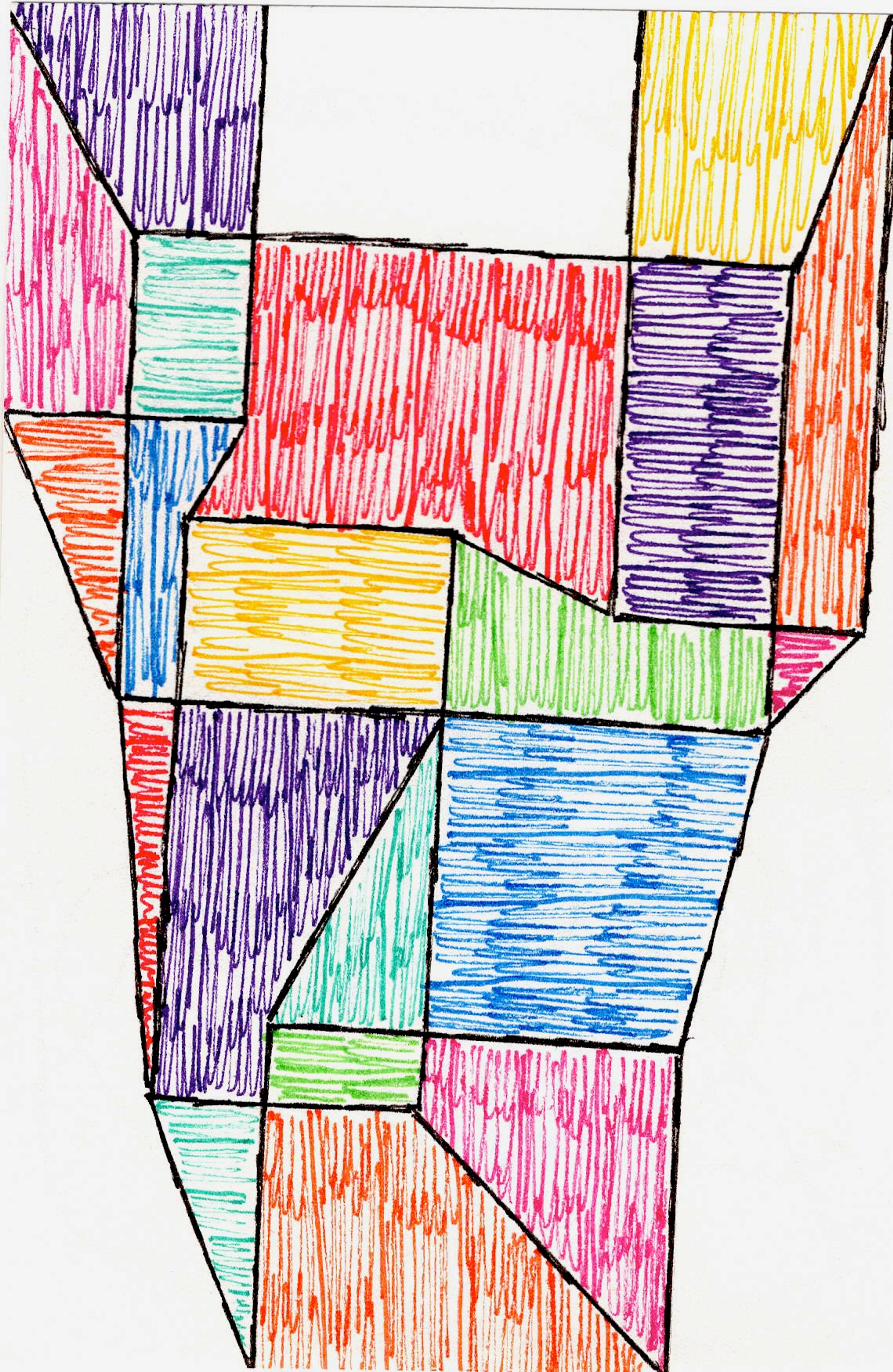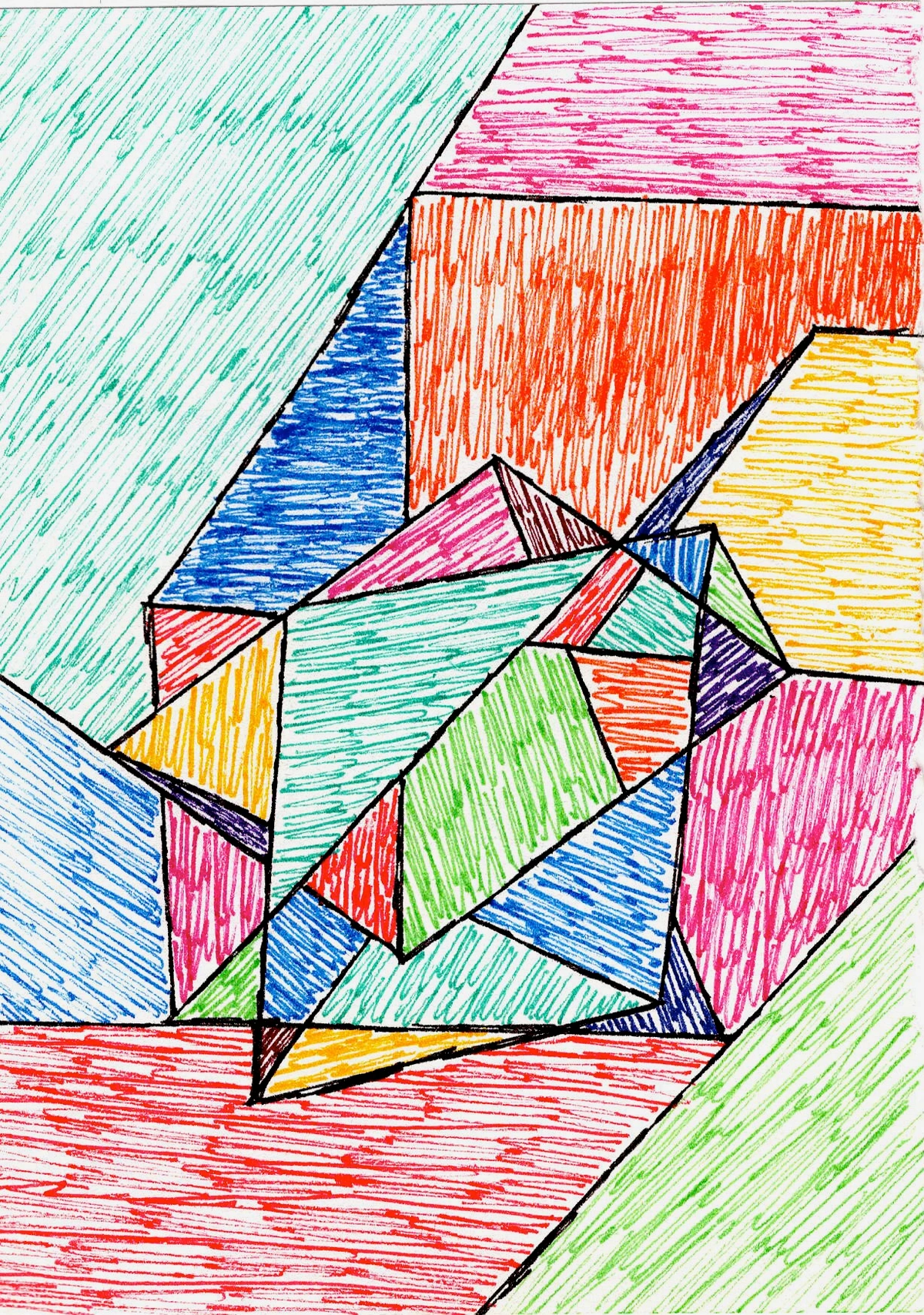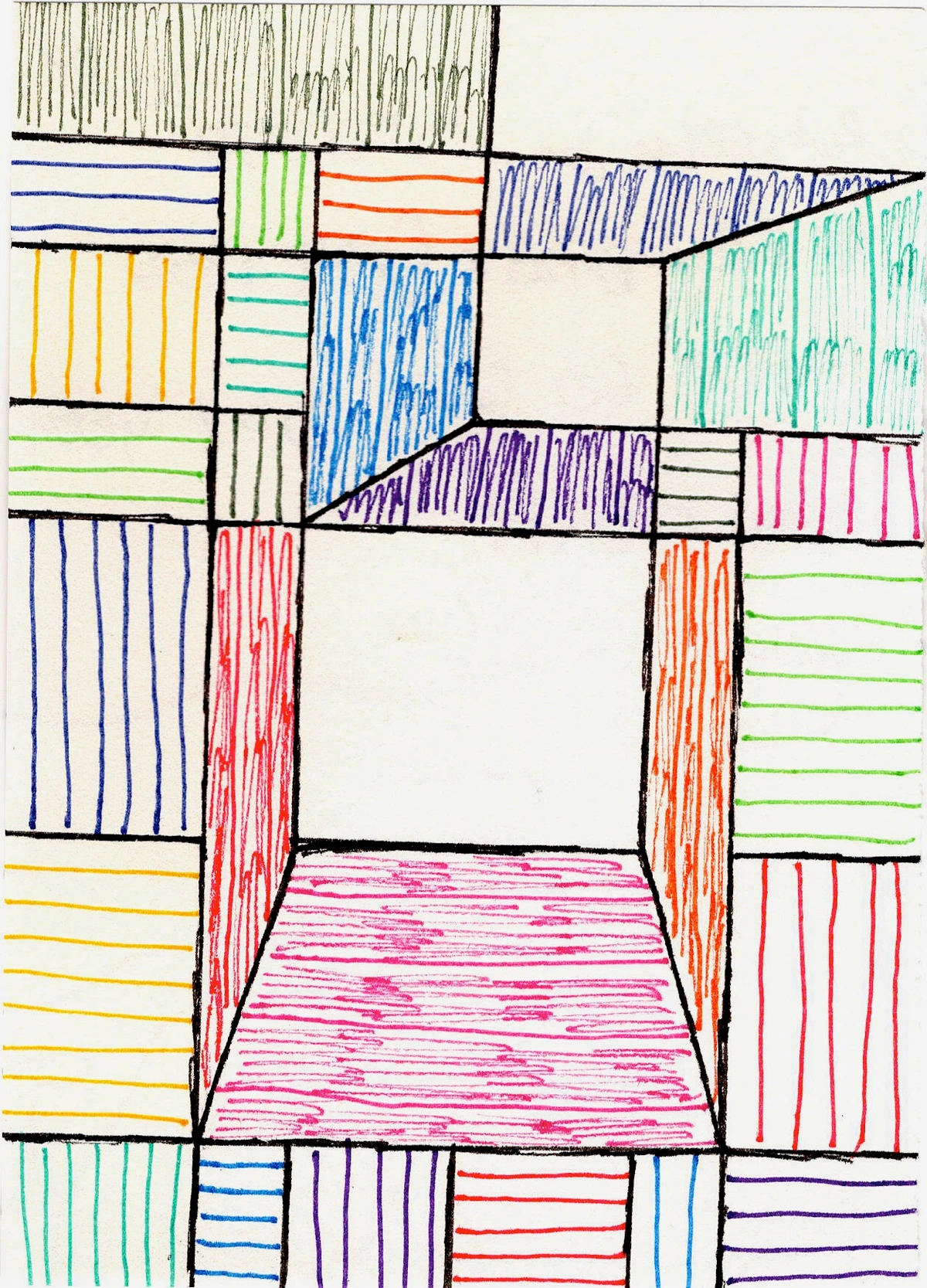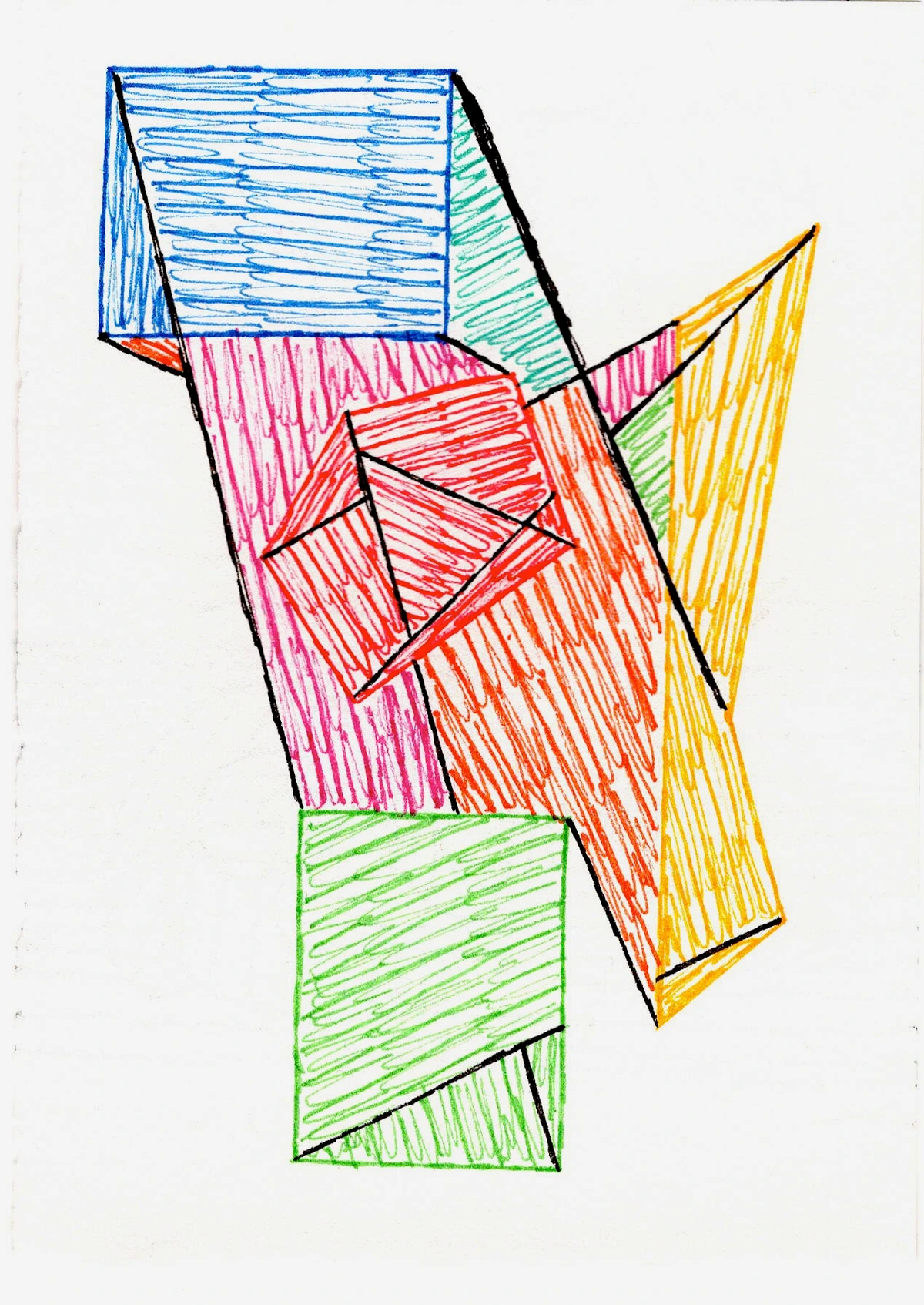
Kinetic Art: The Dynamic Story of Movement in Sculpture
Explore the captivating world of kinetic art, from its ancient roots to modern digital forms. Discover pioneers like Calder, diverse techniques, and how movement transforms sculpture, challenging our perception of art.
Kinetic Art: A Sculptural Dance with Time and Movement
I remember the first time I truly encountered a piece of kinetic art. It wasn't in a stuffy museum, but rather a small, almost hidden gallery in Amsterdam. I walked in, expecting the usual static beauty – the kind that just is – and then, a gentle whirring sound caught my ear. A delicate metal construction was slowly, almost imperceptibly, shifting, its shadows dancing across the wall. It wasn't just there; it was alive. In that moment, something profound clicked: art could breathe, interact, live. And that, to me, is the real magic of Kinetic Art. It's the art of movement, often in sculpture, that challenges our traditional notions of what art is and how we experience it. For someone like me, who often finds solace and expression in the vibrant, sometimes frantic, dance of color and form, the idea of an artwork literally moving through space adds a whole new dimension, like adding a new instrument to an orchestra – suddenly, the composition feels richer, more unpredictable, and utterly alive. If you're interested in diving deeper into the foundations of this art form, you might find my introduction to kinetic art a great starting point.
The Heartbeat of Movement: Defining Kinetic Art
So, what exactly are we talking about when we say "kinetic art"? Simply put, it's art that incorporates actual, physical movement as an essential part of its aesthetic. This isn't just about implied motion, like a dynamic brushstroke suggesting speed, but true, tangible movement. Think about that for a second: art that doesn't just sit there, art that changes its form, its shadow, its very presence, right before your eyes.
It’s a fascinating concept because it draws the viewer into a different kind of engagement. You're not just observing; you're witnessing a process, a mini-performance unfolding in real-time. This dynamic nature makes you consider time, change, and the fleeting nature of things in a profound way. For me, it taps into something deeply human – our own constant state of flux, our endless journey along a timeline, and the beautiful impermanence of existence itself.

A Winding Path Through Time: The History and Evolution of Kinetic Art
The idea of art that moves isn't a completely modern invention. You could even argue that ancient weathervanes, rotating to show wind direction (a clear response to environmental forces), or the intricate, gear-driven mechanisms of a clock (where stored energy is released as controlled, repetitive motion) are early, functional forms of kinetic expression. But the Kinetic Art movement (and yes, the pun is intended and appreciated by my inner art nerd) truly exploded onto the scene in the early 20th century. This was a revolutionary period, a time when artists were questioning everything, eager to break free from traditional constraints and explore new materials, technologies, and even the very fabric of time. Beyond sculpture, we saw artists in film and performance art also begin to play with movement and duration, blurring lines and expanding the definition of what art could be.
Movements like Futurism and Constructivism laid much of the groundwork. The Futurists, obsessed with speed, technology, and the dynamism of modern life, sought to depict motion in their static paintings and sculptures. The Constructivists, on the other hand, with their focus on industrial materials and functional structures, often incorporated actual movement into their sculptures, seeing art as an active, evolving component of life.
Pioneers like Naum Gabo epitomized this shift with his "Linear Construction" series. These works weren't just static objects; they were elegant, almost architectural forms that seemed to defy gravity, hinting at perpetual motion through their delicate balance and transparent materials, creating dynamic perceptions without explicit mechanics. Similarly, László Moholy-Nagy's "Light-Space Modulator" was a groundbreaking machine designed to manipulate light and shadow, projecting shifting patterns onto walls and demonstrating how light itself could be a dynamic, moving artistic medium. But for me, personally, it was Alexander Calder and his iconic mobiles who truly captured my imagination. His delicate, balanced sculptures, often moved by the slightest air current, feel almost alive. It's an elegant, almost meditative form of kinetic expression, where the artwork dances with its environment, a subtle conversation between art and atmosphere. This early exploration set the stage for the incredible diversity of kinetic art we see today.
So, considering this rich past, what do you think was the most significant shift in how artists began to perceive and integrate movement?
How Do They Do That? Techniques That Make Art Move
Creating art that moves isn't just about attaching a motor and calling it a day (though sometimes, as a bit of a mad scientist myself, I appreciate the simplicity of that!). It involves a deep understanding of physics, engineering, and sometimes, a bit of playful trickery. The ways artists achieve movement are incredibly diverse, often playing with the very fabric of our perception:
Harnessing Nature's Forces
- Wind/Air Currents: As seen in Calder's mobiles, these pieces interact directly with their environment, becoming dynamic expressions of invisible forces. It's a humble, organic form of movement that always makes me smile, reminding us of the subtle energies all around us. The challenge? These pieces are often delicate, requiring careful placement to avoid damage, and their movement is, by nature, unpredictable.
Mechanical Marvels
- Motors/Mechanisms: This is where things get really fascinating. Artists like Jean Tinguely created elaborate, often whimsical, machines that clanked, whirred, and performed. His infamous performance piece, Homage to New York, for instance, was a spectacular machine designed to self-destruct over time, a chaotic yet captivating event that served as a performative critique of industrialization and consumerism. It embraced destruction as a form of creation, a loud, unforgettable, albeit temporary, spectacle. If you're pondering the underlying elements of sculpture in such complex works, there's a good discussion on that too. The obvious hurdle here is maintenance; moving parts wear out, and keeping these intricate machines running requires ongoing care and, of course, power!
Light, Illusion & Interaction
- Light: Sometimes the movement isn't in the object itself, but in the light cast upon or through it, or even the light source itself. Think of spinning forms that project changing patterns onto walls, or works that use light to create illusions of depth and motion. It’s a bit like a magic trick, isn’t it? If you're interested in light in art more generally, check out my definitive guide to understanding light in art. The main challenge with light-based kinetic art is often managing the environmental conditions – too much ambient light can wash out the effects, and precise calibration is key.
- Magnetism: Less common, but utterly captivating. Artists use magnets to suspend or move elements, creating an ethereal, almost gravity-defying dance. It's a subtle, almost secret movement that feels impossibly graceful. The trick here is often concealing the magnets and mastering the invisible forces to create exactly the desired, almost magical, effect.
- Human Interaction: Some pieces require the viewer to push, pull, or activate them. This is where the line between observer and participant truly blurs, making the experience even more personal and memorable. It reminds me of how much I value connection in my own life and art, whether it’s through my creative process, my artist's journey, or the interaction with those who buy my art. The artistic challenge lies in making the interaction intuitive and satisfying, without allowing the viewer to accidentally damage the artwork.
Material & Auditory Dynamics
- Thermochromic/Photochromic Materials: While perhaps not "movement" in the traditional mechanical sense, these materials offer a fascinating form of dynamic change. Artists use them so that their artwork literally shifts color or transparency in response to temperature (thermochromic) or light (photochromic). I've always been fascinated by how materials themselves can 'breathe,' like a painting where colors subtly shift throughout the day as sunlight hits it, or a sculpture that "blushes" as you approach, responding to your body heat. This subtle, temporal shift allows the artwork to appear almost sentient. The limitation, of course, is that these changes are often subtle and dependent on specific environmental cues, which can be hard to control.
- Sound: Sometimes, movement isn't just visual. Many kinetic pieces incorporate sound, whether it's the gentle clinking of metal, the whirring of gears, or even ambient electronic noises. These auditory elements are not just incidental; they're an integral part of the aesthetic experience, adding another layer to the artwork's dynamic presence and often guiding the viewer's perception of its motion. The creative hurdle is ensuring the sound enhances, rather than distracts from, the visual kinetics.
These techniques, when combined, create a symphony of motion that can be both exhilarating and deeply contemplative. It's an art form that refuses to be ignored, inviting us to look beyond static forms into a realm of dynamic expression. Which of these methods intrigues you the most, and why?

Kinetic Art in Modern Sculpture: A Living Legacy
While kinetic art has roots in early 20th-century movements like Constructivism and Futurism, it found a massive resurgence, and perhaps its most iconic expressions, in the mid-century and continues to evolve today. Modern sculptors, armed with new materials and technologies, push the boundaries even further. From massive public installations that respond to environmental conditions to intricate, miniature works for private collections, the possibilities are endless.
I find it fascinating how kinetic art forces us to reconsider the very notion of a static object. It's less about the 'thing' itself and more about the 'event' it creates. This constant shifting is, in a way, the ultimate form of abstraction – stripping away fixed form to reveal the essence of energy and change. And speaking of abstraction, you can find a comprehensive exploration in my guide on abstract art styles.
Some contemporary artists, like the Dutch artist Theo Jansen with his mesmerizing "Strandbeests" that walk the beaches powered by wind, or Olafur Eliasson, who often uses light and water to create dynamic perceptual experiences, exemplify how kinetic art continues to push conceptual and technological boundaries. They even delve into digital and virtual kinetic art, where movement is simulated through animation, interactive digital installations, or algorithmic processes. Think of projections that react to your presence, like a digital waterfall that parts as you walk through it, or virtual sculptures that evolve endlessly on a screen, generating new forms based on real-time data or predefined rules. This pushes the boundaries of what "physical" art means, inviting us to consider movement in realms beyond the tangible. It's a conversation I'm always drawn into at the artist's museum in 's-Hertogenbosch, especially when new, experimental pieces, often blending technology and traditional forms, challenge my understanding of how art can interact with its environment and with us.
However, as we embrace these new technologies, I can't help but ponder the ethical considerations and environmental impact. The energy consumption of complex digital installations or the sourcing of materials for large-scale mechanical works are important conversations we, as artists and viewers, need to have.

What are your thoughts on the responsibility of artists to consider these impacts in their kinetic creations?
My Personal Take: It’s About More Than Just Wires and Motors
For me, kinetic art isn't just a clever trick or a feat of engineering. It's a profound statement about life itself. Everything moves, everything changes. Our bodies, our thoughts, the seasons, the universe – it's all in motion. Kinetic art, particularly in sculpture, brings this fundamental truth into our physical space, inviting us to stop, observe, and reflect on the fluidity of existence. I often find myself reflecting on this when I create my own abstract pieces; even in a static painting, I strive to capture a sense of dynamic energy, a feeling of things shifting and evolving, much like life itself.
It also makes me think about composition. In static art, composition is about arranging elements within a fixed frame. But in kinetic art, the composition is constantly evolving, a dance through time and space. It's a wonderful challenge for artists, pushing them to think in four dimensions – considering how an artwork changes not just in space, but also across the dimension of time. If you're curious about how composition works in a more traditional sense, I've written a detailed article on understanding composition in abstract art. Sometimes, I even find myself wondering if the pieces that don't quite click with me are simply challenging my own fixed notions of what 'works' – a good reminder to stay open to new perspectives.

How does the idea of art constantly changing its form resonate with your own experiences of life's fluidity?
Bringing Movement Home: Incorporating Kinetic Art
Now, you might be thinking, "That's great for a gallery, but how does kinetic art fit into my home?" And it's a valid question. While large-scale installations might be out of reach for most of us, smaller kinetic sculptures, mobiles, or even light-based pieces can add an incredible layer of sophistication and intrigue to an interior. They become focal points, conversation starters, and sources of quiet contemplation. Beyond their aesthetic appeal, many collectors also find them to be compelling investment pieces, a dynamic addition to any art collection.
Imagine a mobile gently swaying near a window, catching the light and casting shifting shadows. Or a small, motor-driven sculpture offering a mesmerizing, repetitive motion. It introduces a dynamic element that traditional art often can't, transforming a static room into a lively, engaging space. If you're generally interested in how to integrate sculptural elements into your decor, my guide on incorporating sculptural art into modern interiors might be a good next read.

Have you ever considered how a moving piece of art could change the atmosphere of your personal space?
Frequently Asked Questions About Kinetic Art
Before we wrap up, let's address some common questions that often come up when discussing this fascinating art form:
Q: What is the main characteristic of kinetic art?
A: The defining characteristic of kinetic art is actual, physical movement. This movement can be achieved through various means, such as wind, motors, light, magnetism, human interaction, or even subtle material changes, making the artwork dynamic and constantly changing.
Q: Who are some famous kinetic artists?
A: Key figures include Alexander Calder (famous for his mobiles), Jean Tinguely (known for his elaborate, often self-destructing, machines), Naum Gabo, László Moholy-Nagy, George Rickey, and contemporary artists like Theo Jansen (of the "Strandbeests") and Olafur Eliasson, among many others who explored motion in their work.
Q: Is kinetic art always abstract?
A: While much of kinetic art, especially in its early stages and within modern sculpture, leans towards abstraction and geometric forms, it is not exclusively abstract. Some kinetic works can represent figures or narratives, though the focus remains on the interplay of movement and form.
Q: How does kinetic art differ from traditional sculpture?
A: Traditional sculpture is typically static, relying on fixed form and mass. Kinetic art, by definition, introduces the element of time and actual movement, creating a constantly evolving visual experience and engaging the viewer in a more dynamic way. It challenges the very definition of a fixed art object.
Q: What are the challenges of creating or maintaining kinetic art?
A: The creation of kinetic art presents both engineering complexities (requiring a deep understanding of physics for design and construction, ensuring structural integrity, and sourcing reliable mechanisms) and significant creative challenges (harmonizing aesthetic vision with mechanical function, making the movement meaningful, and predicting its interaction with the environment). For maintenance, issues like wear and tear on moving parts, power requirements, and the need for specific environmental conditions (like stable airflow for delicate mobiles) make conservation a unique and often complex puzzle compared to static art.
Q: Can I collect kinetic art for my home?
A: Absolutely! While some kinetic pieces can be large and complex, many artists create smaller, more intimate kinetic sculptures and mobiles that are perfect for home environments. These pieces can add a unique, dynamic element and a focal point to any room.
Q: How is kinetic art conserved?
A: Conserving kinetic art is incredibly complex and requires a multidisciplinary approach. It involves not just material preservation, but also the functionality of mechanical or digital components. Conservators often need expertise in engineering, electronics, and software, alongside traditional art conservation skills. The goal is to maintain the original intent of the movement and interaction, which can mean anything from restoring motors and gears to migrating digital code to new platforms, all while documenting every intervention meticulously.
A Final Thought on the Dance of Art
Kinetic art, to me, is a beautiful reminder that art, like life, is never truly still. It's a conversation, an evolution, a constant dance of forces and forms. It invites us to look closer, to wait, to observe, and to truly feel the passage of time through an artwork. It pushes boundaries, makes us question, and ultimately, enriches our understanding of what art can be.
So, next time you encounter a piece of art that moves – whether it's a subtle mobile or a grand mechanical spectacle – take a moment. Let it work its magic. You might just find yourself moving along with it, in thought, if not in body. And who knows, if you're feeling inspired to bring some dynamic energy into your own space, perhaps some of my own vibrant, abstract pieces could be a starting point. You can explore my art here.




